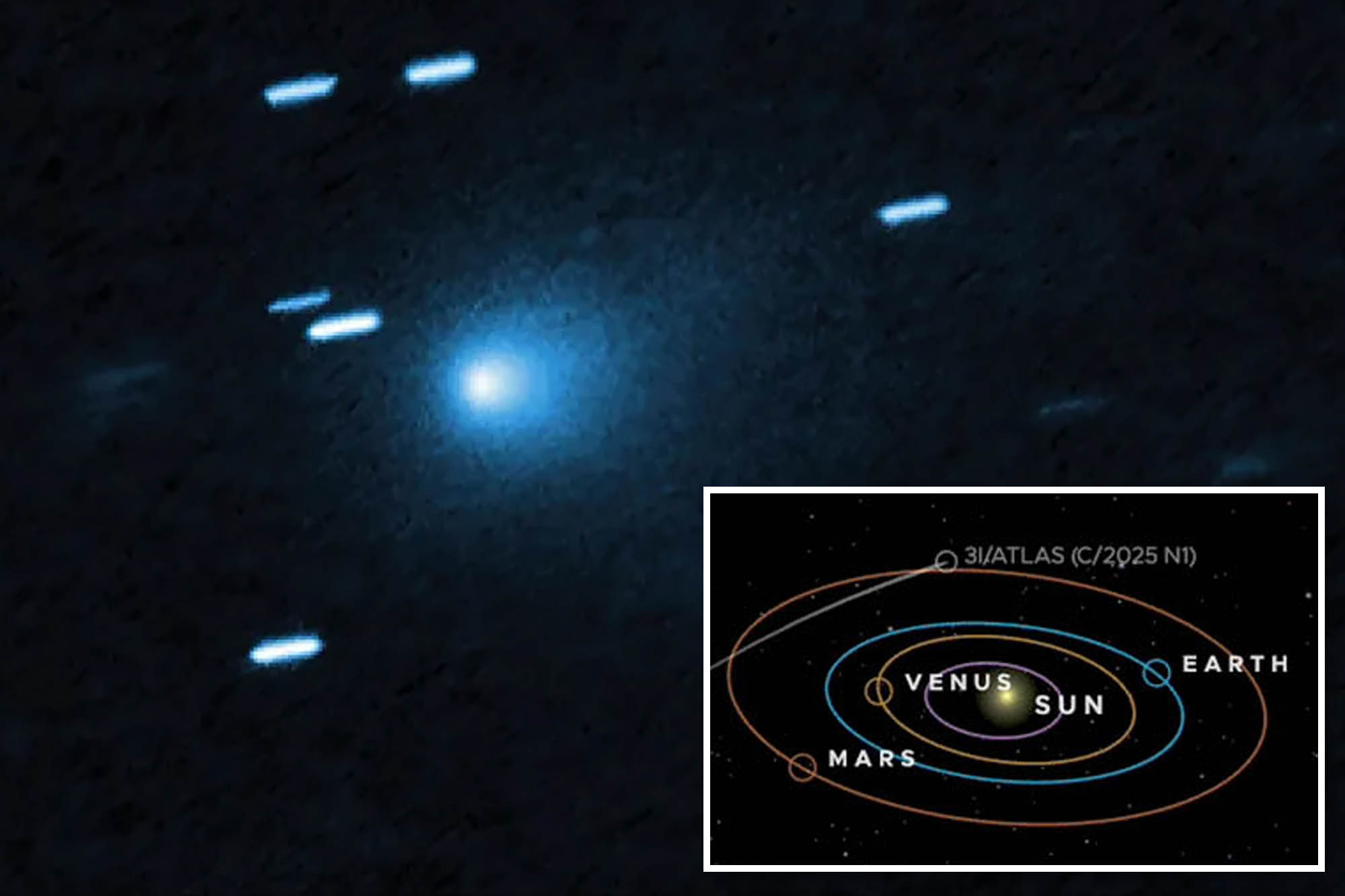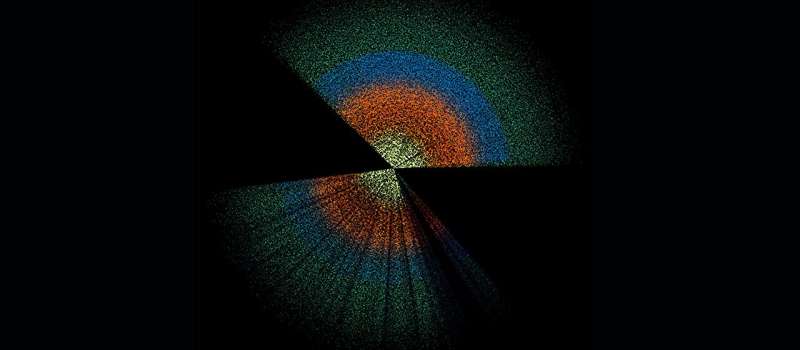A significant breakthrough in astrophysics has emerged from the Large High Altitude Air Shower Observatory (LHAASO), where researchers have linked the enigmatic “knee” formation in the cosmic ray energy spectrum to black holes. This discovery, announced on November 16, 2025, resolves a mystery that has puzzled scientists for nearly 70 years. The “knee” phenomenon, characterized by a sharp decline in cosmic rays above 3 PeV, has long been associated with the acceleration limits of cosmic ray sources.
The recent studies published in the National Science Review and Science Bulletin indicate that micro-quasars—binary systems where black holes accrete material—act as potent particle accelerators within the Milky Way. Researchers from the Institute of High Energy Physics of the Chinese Academy of Sciences, alongside teams from Nanjing University and La Sapienza University of Rome, have provided compelling evidence for this connection.
Micro-Quasars as Cosmic Ray Accelerators
Micro-quasars are formed when black holes generate relativistic jets while drawing material from companion stars. In this research, LHAASO detected ultra-high-energy gamma rays from five notable micro-quasars: SS 433, V4641 Sgr, GRS 1915+105, MAXI J1820+070, and Cygnus X-1. Particularly, the radiation from SS 433 was observed overlapping with a massive atomic cloud, suggesting that high-energy protons are accelerated by the black hole and collide with surrounding matter. The energy of protons in this system surpassed 1 PeV, equivalent to the energy output of four trillion hydrogen bombs per second.
Moreover, V4641 Sgr exhibited gamma-ray energy reaching 0.8 PeV, highlighting its role as another significant particle accelerator. This evidence challenges previous notions that supernova remnants were the primary sources of cosmic rays, as they have shown limitations in reaching the high energies required to explain the “knee.”
Challenges in Cosmic Ray Measurement
Understanding the cosmic ray energy spectrum necessitates precise measurements of various cosmic ray species. The initial focus is on protons, but detecting cosmic rays in the “knee” region presents challenges due to their scarcity and the limitations of satellite detectors. Ground-based measurements often encounter atmospheric interference, complicating the distinction between protons and other nuclei.
Recognizing these challenges, LHAASO employed advanced measurement techniques that allowed for the collection of a statistically significant sample of high-purity protons. This innovative approach facilitated precise measurements of the proton energy spectrum comparable to satellite data. The findings revealed an unexpected structure within the energy spectrum, indicating a new “high-energy component” rather than a simple transition between power-law distributions.
The combination of findings from LHAASO, alongside data from space-borne experiments like AMS-02 and DAMPE, suggests that multiple cosmic ray accelerators exist in the Milky Way. Each accelerator has distinct capabilities and energy ranges, with the “knee” marking the acceleration limit of the sources generating the high-energy component.
The research underscores the importance of micro-quasars as new sources of cosmic rays, capable of producing energies that exceed the “knee” threshold.
Significance of the Findings
These discoveries collectively enhance our understanding of the role of black holes in cosmic ray origins. For the first time, the “knee” structure has been observationally linked to a specific type of astrophysical source—the black hole jet system. LHAASO’s innovative hybrid detector array has been pivotal in detecting cosmic ray sources through ultra-high-energy gamma rays while allowing for precise measurements of cosmic ray particles.
As LHAASO continues to lead in high-energy cosmic-ray research, its contributions promise to deepen our knowledge of extreme physical processes in the universe. This landmark research not only resolves a long-standing scientific mystery but also opens new avenues for exploration in the field of cosmic ray physics, providing a clearer picture of the dynamics at play in our galaxy.







